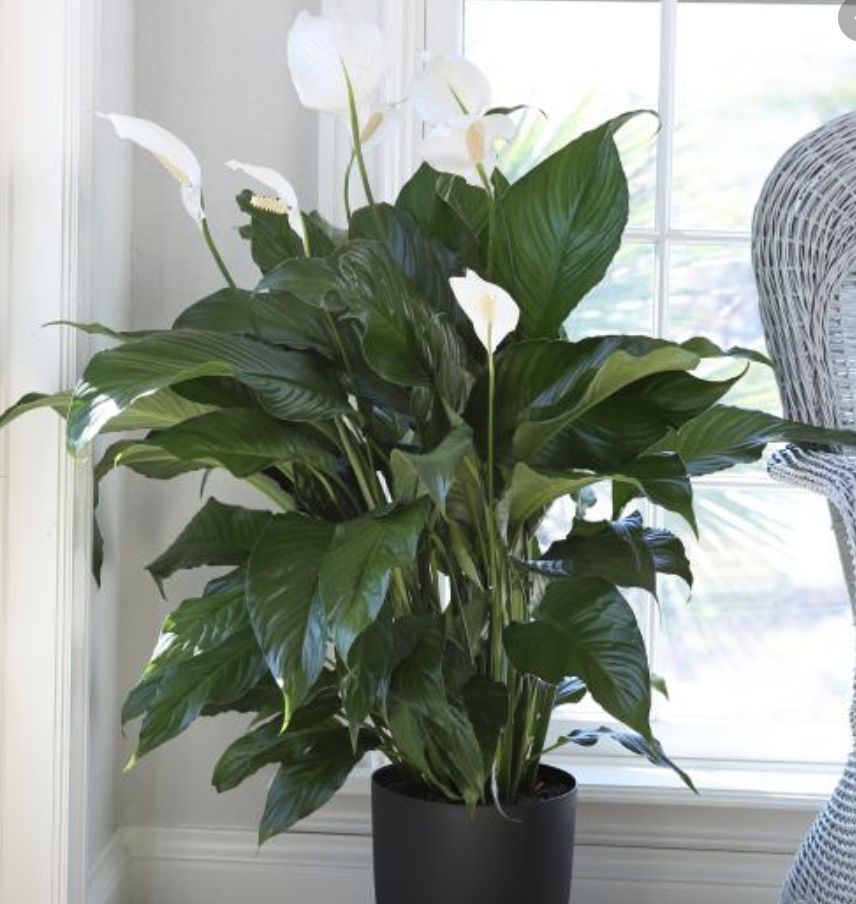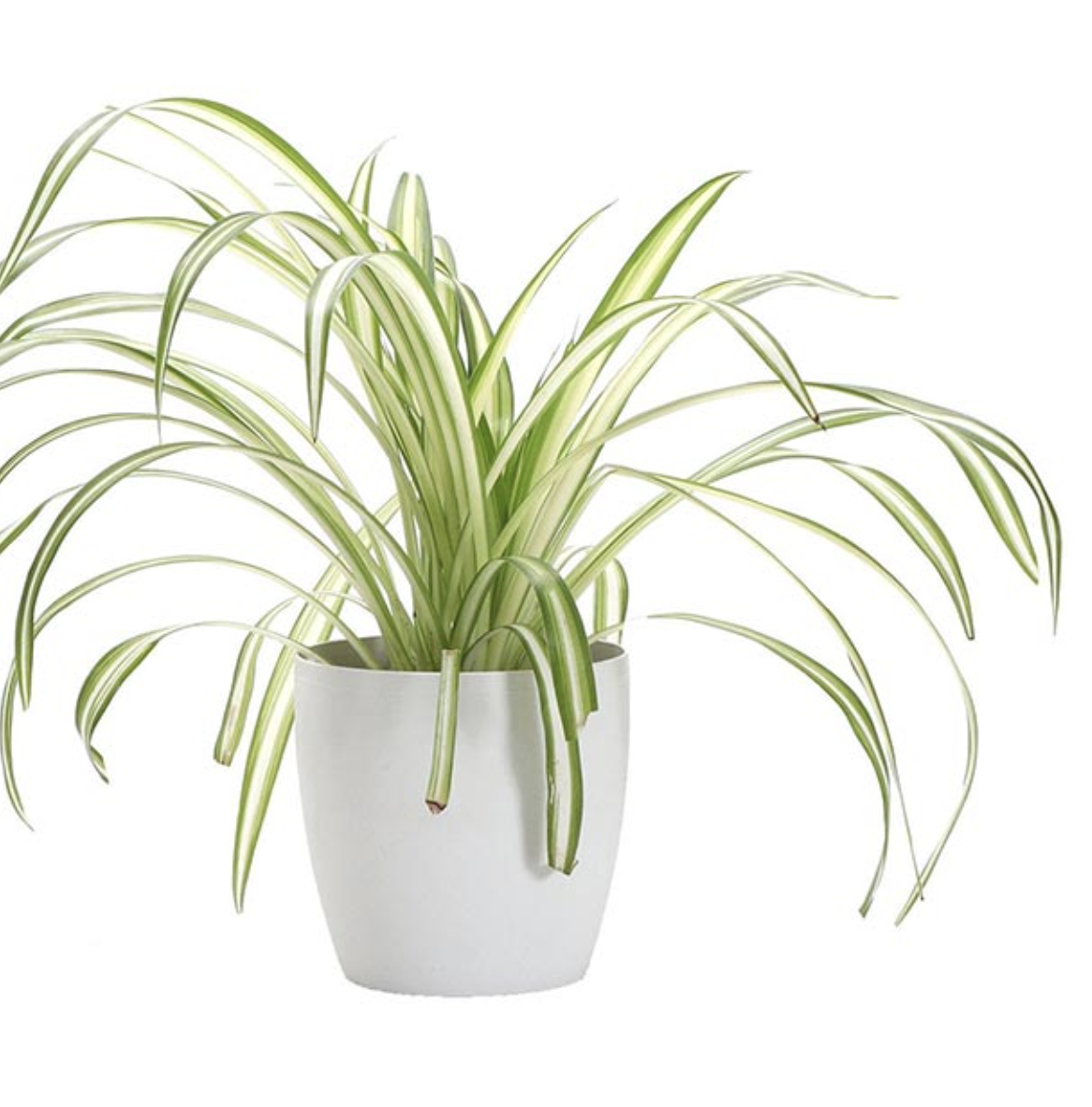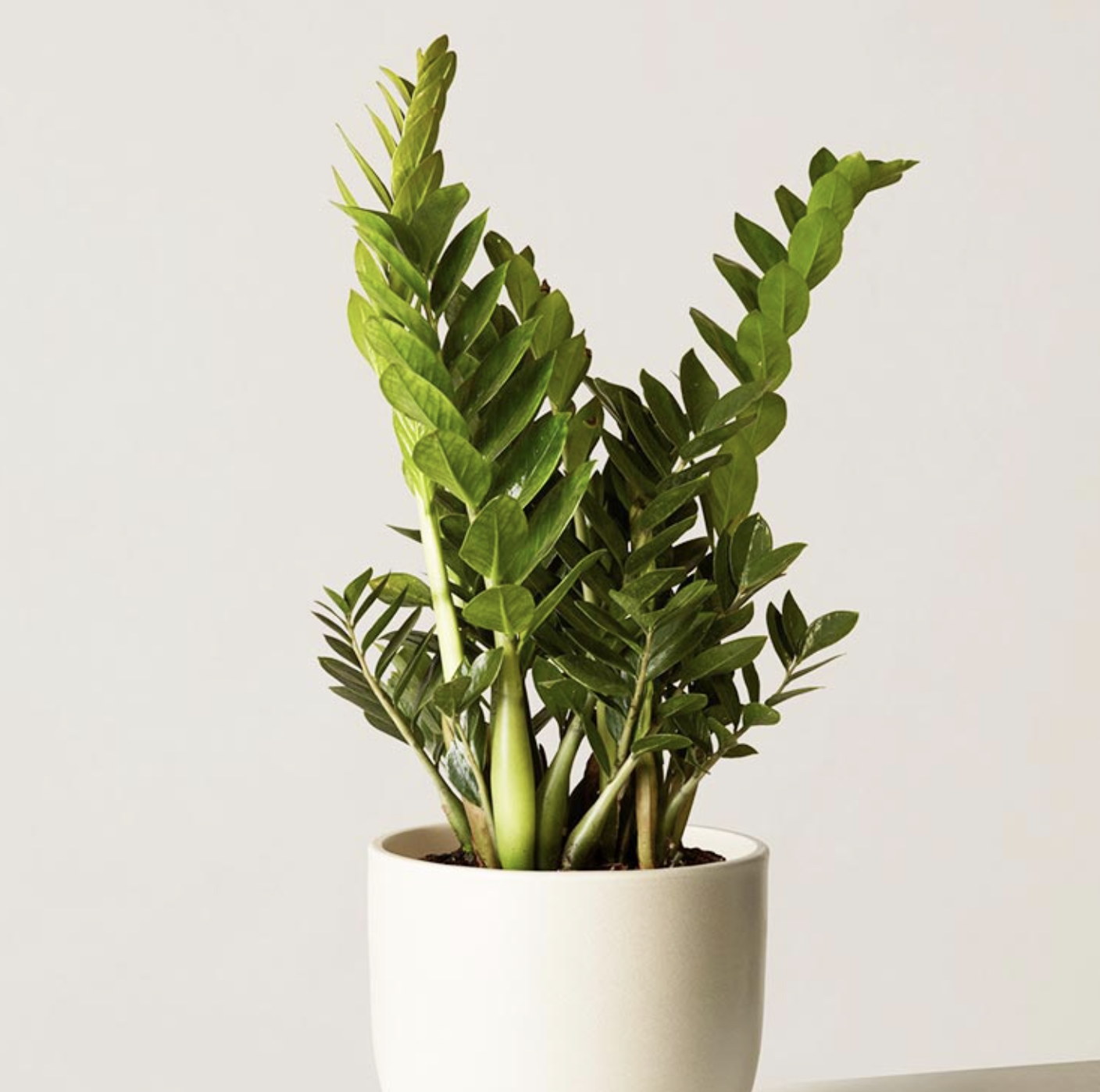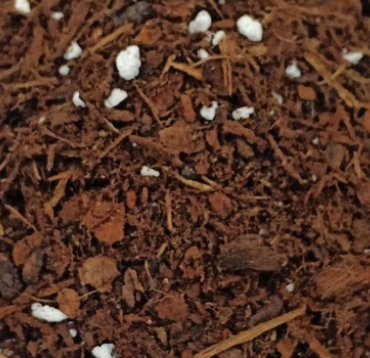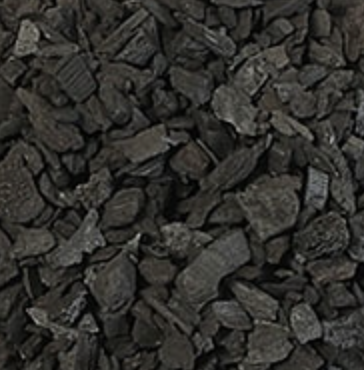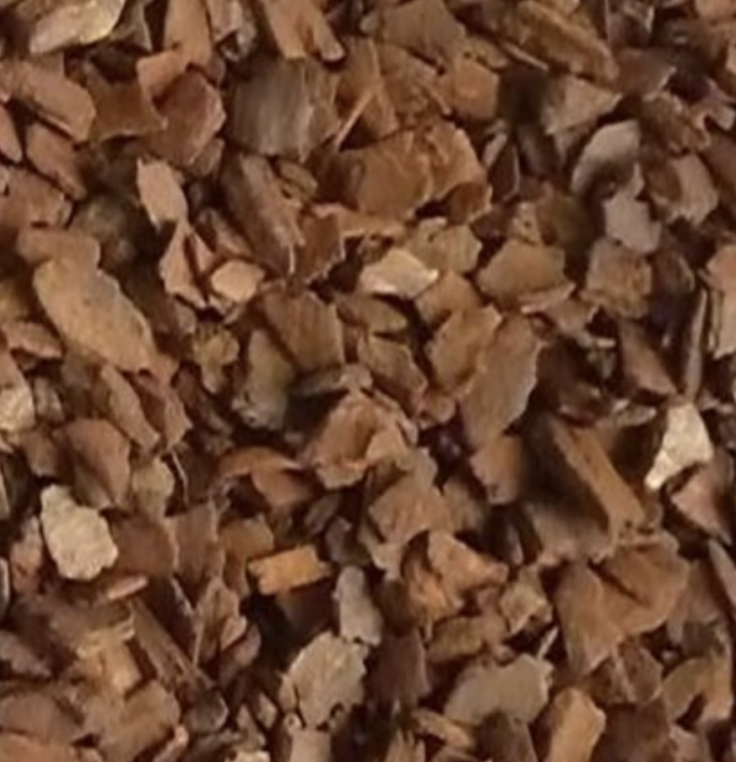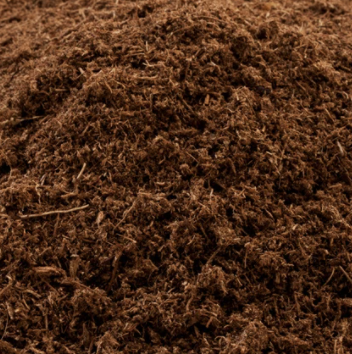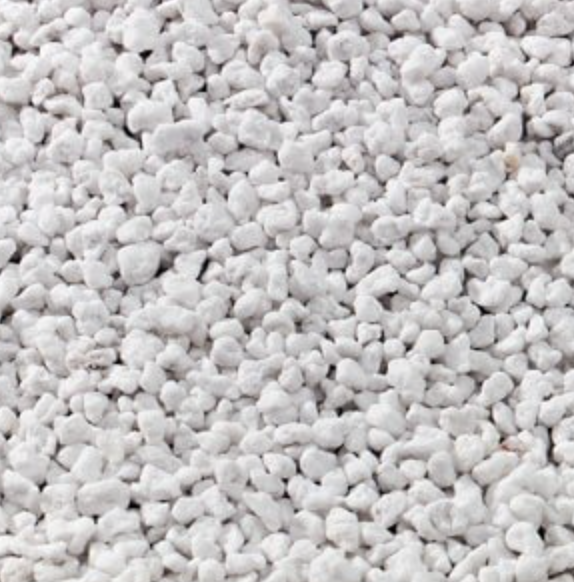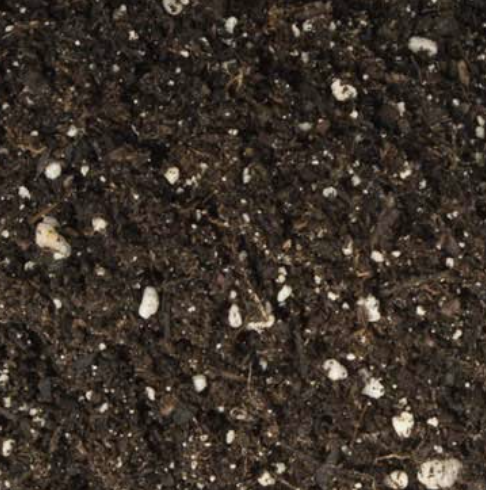Plant Care Tips I Wish I Knew Sooner
Plant Care Tips I Wish I Knew
I wanted to put together a list of tips I wish I knew sooner. This will be beneficial for you if you’re someone who has just started getting into plants or if you’re not super confident with them yet.
Different types of plants will have different individual care needs, but what I wanted to cover is general care, and just little tips/tricks that I wish I knew earlier that would’ve made my life easier
When it comes to caring for plants I try to learn to a ‘less is more’ approach. Plants are self sufficient. They grow in nature on their own without any help. You just need to make sure they have the basic ingredients they need - and then let them take care of themselves.
Let cuttings callous.
Cuttings are a great way to end up with more plants in your house than you know what to do with. When I used to take cuttings I would just snip off the plant and throw the cutting straight into water.. I later realised this isn’t ideal, as you risk rotting the plant itself.
Firstly, make sure what you’re using to take the cutting is sterile. And secondly, before we propagate in water, perlite, or sphagnum moss, make sure that the cutting has sealed by callousing over.
Make your cutting and then let it just sit on the bench and callous over (or dip it in cinnamon) before putting it into your preferred propagating medium.
Cinnamon can prevent soil gnats.
I like to use Ceylon cinnamon to help prevent gnats. Fungus gnats breed in your soil. One of the main reasons for gnats hanging around is soil that is: moisture.
Soil left moist for too long, or drip trays with standing water will attract breeding gnats.
Firstly, make sure there is no standing water. If your plants have drip trays, after you water make sure to empty the trays (approx 30-60mins after watering is fine, the plant will have taken what it needs by then).
Second, choose a soil mix (or blend) that suits what kind of plant and what kind of pot you have. For example, a terracotta pot will dry out soil faster than a plastic pot. You will need to decide your pot-typed based on your watering habits. To help prevent water sitting logged in the soil try adding some perlite into your soil blend when potting up a plant.
Third, if you have a large plant I’d recommend sprinkling some Ceylon cinnamon onto the top layer of soil. Ceylon “true” cinnamon will help dry out the soil and prevent the fungus growth that the gnats like to breed in. (Excerpt from my Plant FAQ blog post)
Plants don’t ‘love’ low light.
Another thing I wish I knew sooner that would’ve changed how I like to position plants in my house is that there’s no such thing as plants that “love” low light. It’s a term that is thrown around a lot, and I’ve probably even used it myself previously.
Yes there’s some plants that can tolerate low light, but that doesn’t mean they necessarily thrive in it. Let your plants get the light they truly need to help them flourish.
Here are some ‘low light tolerant’ plants:
Plants received in the post need to recover from transit shock.
Sometimes when you order a plant online it may be posted to you bare-rooted to save the seller on postage.
If the plant arrives in soil, just leaves it. If the plant has been sent to you bare-rooted just prop it up in some water and leave it for a few days. This will help it recover from its journey.
Some plants can suffer from delayed transit shot, particularly plants with large, soft leaves such as alocasia.
Quarantine new additions.
When you get a new plant, quarantine it!! Don’t just put it in with everything else - or bad things can happen. I’ve had experiences myself where plants have come with spider mite infestations. Insect eggs can live in soil for days or weeks before they hatch.
So put new plants in an area away from everything else so that if something does hatch it won’t spread to everything else.
Create a soil blend.
When we’re talking about planting things up, I find that creating a soil blend is a key to a happy plant.
I keep a few different kinds of soil around. The ones I use the most frequently are: organic potting mix, perlite, aroid pre-made mix, orchid bark, moss.
A soil blend will allow your plants to ‘breathe’ easier in the soil and allow for better drainage. A chunkier soil mix will also encourage your plant to develop a stronger root system, and when we have a better root system, we get a better plant.
Some mediums I like to have on hand:
Use bobby pins to help thicken plants.
I have shown this in previous videos, but this is a great way to take a single vine of pathos, adansonii, heart leaf philodendron etc and turn them into a bushier looking plant by encouraging the nodes to dive into the soil.
You will need to take a hair pin and circle the plant around the pot, then drive the hair pin over the plant to encourage the nodes to burrow into the soil.
Dust your plant leaves.
Plants are just little living solar panels, so we need to make sure we clean off the leaves. House plants can collect a lot of dust.
I like to either just use a cloth and water, or a white oil spray and a cloth. White oil is also a preventative for bugs.
Another option you can also use is neem oil to act as a preventive measure for insects and fungus.
Plants need more water when they’re actively growing.
When a plant is developing a new leaf make sure it gets more water than usual, as they will drink more when they’re actively growing.
If you see one of your plants putting out a bunch of new growth, check the soil! The soil will probably be dry much faster than usual.
I used to have a set watering day once per week, but now every second day I just go around quickly and check the dampness of the soil to see if any need more water than usual. You will start to notice patterns in your plants and their water consumption.




